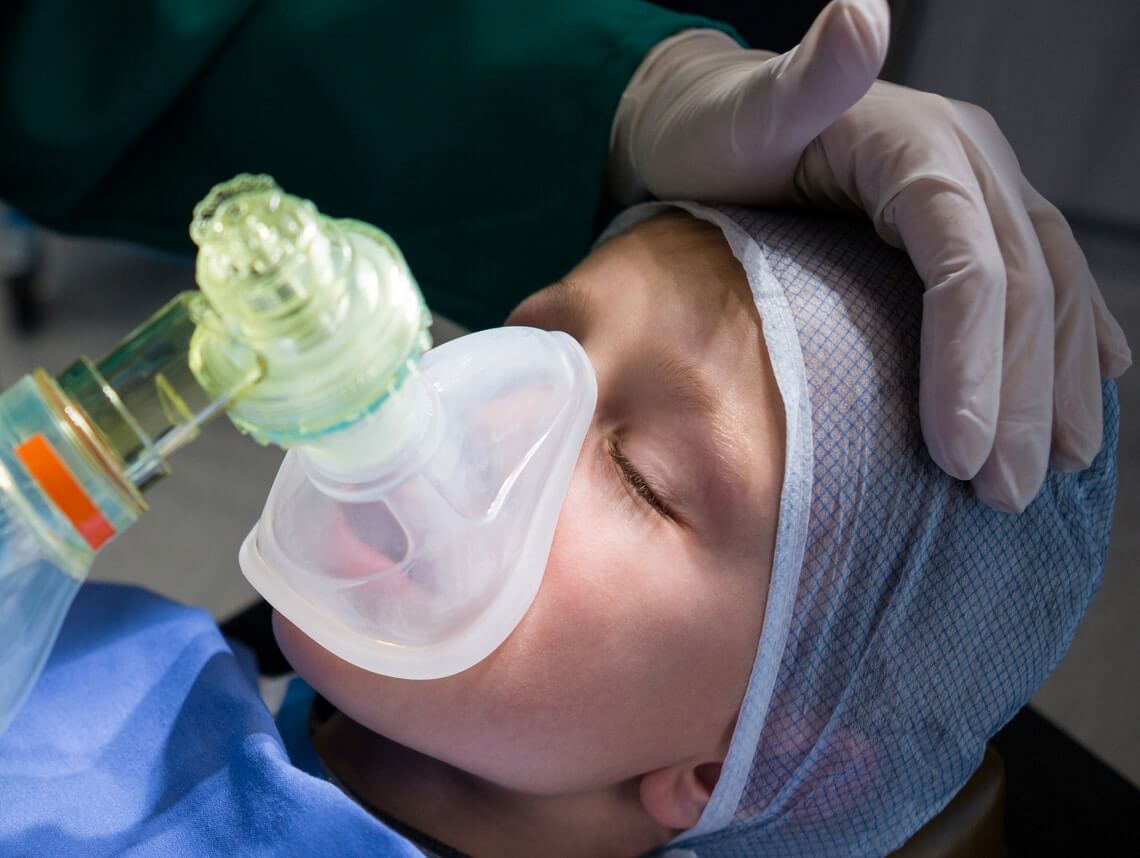Finding out that your child needs a tracheostomy comes with many worries — what can you expect during surgery, how do you change the ties, clean it, and learn about feeding methods? But, as time goes along, it starts to become second nature. You’ve learned how to do it all with the utmost care, and your child has benefited from it. Eventually, it may be time to remove it, and you are left with a long list of questions running through your mind again. What will the effects be on your child’s speech? How will you go about feedings? And, could there be any complications?
When to Remove a Tracheostomy Tube
A tracheostomy is an artificial air passage that’s installed on a person’s neck to provide easier breathing. It links directly to the windpipe, allowing for better air access to the lungs. The reasons for installing a tracheostomy could range from a medical condition — such as congenital abnormalities, vocal cord paralysis, or infections — as well as severe trauma to the neck and chest area. However, in some individuals, the breathing device may only be needed temporarily. Once the person’s health has improved, the doctor may order its removal. This process is called decannulation. In order to proceed with the procedure, the patient must meet several requirements:
- Not dependent on a ventilator
- Alert and responsive
- Does not require frequent suctioning — often about once a day
- Should be able to cough and clean their own tracheal secretions
What to Expect from a Procedure to Remove a Tracheostomy
When a child is ready to undergo decannulation, they will have to stay at a hospital for several days for medical providers to monitor their heart rate and oxygen levels while the tube is capped while the child sleeps. If there are no issues, the tube will be removed the next day by an ear, nose, and throat specialist (ENT). The patient will receive anesthesia and lay flat on the hospital bed. The doctor will remove the tube, assessing if the patient shows any signs of breathing difficulties.
If everything seems fine, the doctor will then cover the opening on the neck with a sterile gauze and tape. The child will then be placed under observation between 24 and 48 hours to continue monitoring their breathing while awake and asleep. If the patient needs to cough or speak, they should cover the gauze bandage with a fingertip to prevent air leaks.
Prior to leaving the hospital, the child’s speech will be assessed. If they have any difficulties speaking, the ENT may recommend speech and language therapy.
It’s important to note and inform the patient that it is normal to experience shortness of breath for the first few minutes following decannulation. However, if they can hear a wheezing sound or experience pain, the doctor should be notified immediately.
Can you eat after a tracheostomy removal?
Yes, your child will be able to eat after a tracheostomy. However, their neck may feel sore for a couple of days, and it may feel difficult to swallow at first. The pediatric ENT will provide instructions on how to make eating as comfortable as possible.
Healing Time After Tracheostomy Removal
The bandage will remain in place while the opening is fully healed — which could take up to two weeks. The doctor will provide instructions on how to clean the wound and how often to do so. Once the opening is healed, there will be a small scar.
The child will also be instructed to avoid placing their neck underwater while taking baths and swimming, to prevent water from entering the opening and into the airways. In addition, the patient will continue to be monitored during follow-up visits for up to six weeks after decannulation.
Complications After Tracheostomy Removal
Although rare, complications from decannulation are possible. These include:
Tracheal Stenosis
This is a narrowing of the windpipe. Symptoms of this complication include labored breathing, a high-pitched sound when breathing, a bluish color of the skin around the mouth and nose, and coughing. The condition is treated by widening the trachea with a stent or balloon — and in some instances, the patient may need surgery.
Delayed Closure of the Wound
When following the doctor’s instructions on wound cleaning and changing the gauze, monitor the size of the tracheal opening. If you don’t see it getting smaller — or if it’s not fully healed within two weeks — your child may need stitches. Let the ENT know about your concerns and discuss your options.
If you notice signs of complications from a tracheostomy removal, seek emergency medical care immediately. Other common indications include:
- Pain around the tracheostomy area
- Difficulties swallowing
- Vomiting after eating or drinking
- A hoarse voice
Contact Care Options for Kids for Home Health Care
It can be hard to balance your time between work, home, and caring for a child. That’s why our team of skilled professionals at Care Options for Kids is here to help.
Our home health care services offer support in the comfort of your home. We refer loving and competent nurses to provide customized care for families — from a few hours a day to around-the-clock supervision. Contact us directly to speak with a home health care professional or request a free in-home assessment. Together we can determine the best plan of action to keep your loved ones happy and healthy.
If you or a loved one are considering Pediatric Home Health Care Services, contact the caring staff at Care Options for Kids. Call today at (888) 592-5855.






